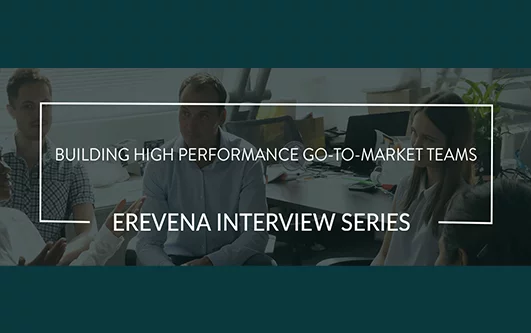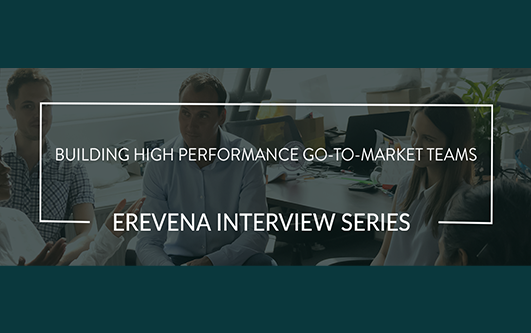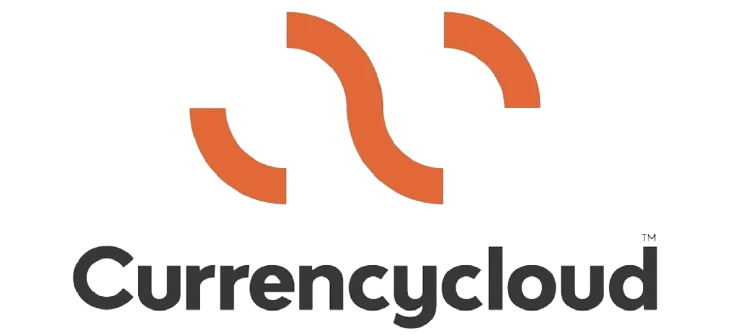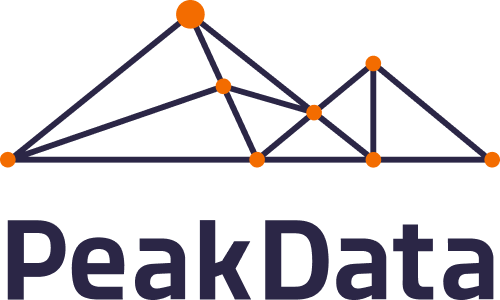In the second of our two interviews with Jonathan Wood, Chief Revenue Officer at Jedox, we hear how he joined the company as it expanded its leadership team to support a strategy of growth at scale. What lessons did he bring with him from his previous role that are now bearing fruit?
Having successfully launched the go-to-market strategy at Transporeon, you moved to Jedox — tell us about this
I’d achieved what I set out to do at Transporeon, which was to establish a new go-to-market strategy, structure and team to support the company’s transformation and growth. So, when I was then approached by Jedox, an award-winning provider of Enterprise Performance Management solutions for financial planning and analysis, to become their Chief Revenue Officer, it was an area close to my core experience and in a market segment that was seeing significant growth. Not only that, in leading the next stage of growth in a private equity-backed company, the task presented had many parallels. The commercial models of each company were clearly different, but the challenges in terms of building a go-to-market strategy remained the same.
Can you outline some of the challenges?
Any CRO coming to a venture-backed company is going to be tasked with ensuring predictability at scale. That’s what the backers want to see, and this can be a challenge when you’re in also trying to deliver high growth. You need to work out how to get that predictability and how to set up the go-to-market organizational structure to be able to scale. Then you have to identify where your growth markets are and what your ideal customer looks like in terms of size, region, industry, etc. You might know how you want to get there and with what roles, etc, but then it’s about the skillset and mindset of your people. Do we have the right people, in the right place, doing the right thing?
At Jedox, as in my previous company, our approach has been to tackle this as a multi-hire project. We’re being very targeted about the money we’re going to spend, how we’re going to spend it, and the return that we believe we’re going to get from it. Where we create the predictability our investors demand is by using data and insights to inform our understanding of where the opportunity potentially exists, how we are influencing outcomes and where we’re going to hire. From there, it’s about ensuring the people we onboard are productive as quickly as possible.
Can you expand on the need for new hires to be productive fast?
For any CRO, the time to productivity is one of the most critical issues. So, I need to ask how I can get new teams productive fast. But measuring productivity in terms of whether a new hire has sold something is a lagging indicator and by the time you’ve understood that something is or isn’t working it’s likely too late to influence the outcome. As such you need to get in place leading indicators that give signs of progress so you can take action such as customer interactions and pipeline being built with customers where we would typically have the right to win. It’s not just about total pipeline but the quality of the pipeline.
The questions I am typically asking myself are focused around how I get new hires to engage with customers in a consistent way, build opportunities and progress them quickly enough to have the impact on budget achievement.
These metrics support early identification of whether we’re delivering what we said we could deliver. Also, as we scale out, can I ensure the success of the new talent we bring on board so that they see the rewards of their hard work, stay with the company through more challenging times. and keep our attrition levels low?
So, we must identify what we need to do support new hires as early as possible in their life cycle with us. A good first step is to talk to both tenured and recent hires about their experience. Discover what would have made the process of onboarding and becoming productive easier.
We then need to use data so that we can take action to support our teams, playing to their strengths and identifying where an individual is working really well. Taking this a step further, if someone is doing something successfully, can we use the data to identify this and package it into a repeatable activity so that everyone, in every team does can benefit from something we can prove works with prospects and customers.
Tell us more about using data as a tool in your go-to-market activity
Any high growth company is going to have a range of disparate systems bought or built over time to support the challenges they encounter as they grow. When you get to a stage in your growth where you start to standardize processes and best practices, you need to be able to surface and interrogate the data from across those systems. At Jedox, we’re lucky to have a broad and adaptable platform that I’ve been able to build every dimension of our GTM onto. For example, I can use it for sales performance management, with drill downs into regions and individuals. I can manage commission plans and I use it to interrogate customer data. It can help us see whether something we set in place as part of our go-to-market plan is still aligned with market trends or whether we need to adjust our actions.
Having that visibility and using real-time data is one of the most critical aspects of what you need as a leader, not only to run your own part of the business but to have a sensible conversation with your executive peers to collaborate on what their teams need to do to support the continued scaling. It’s how you share what’s happening in the market and this, in turn, impacts on things like how you deliver to your customers..
What cultural considerations do you need to be aware of in building a GTM strategy?
When you are adopting an accelerated hiring model and building a new platform for growth, you know you will likely need to bring new skills and experiences into the organization in order to scale out and target and attract a different prospects. However, you also need to build on the strong foundations that got the company to where it is. Marrying the current experiences with the new experiences shouldn’t be at the expense of losing the company culture.
There are a few important considerations here. First, you need to stay absolutely plugged into what’s happening in the field so that you keep people engaged. Do your teams know what’s going on? Are you able to communicate the reason for the go-to-market changes and the benefits to them and their customers? Can you enthuse them so that they’re able (and happy) to execute your plans?
Second, listen. When I first arrived at Jedox, I asked key parts of the organization what we needed to start doing — and stop doing — and what we needed to do more or less of. By listening and getting that buy-in early, you have an opportunity to really ensure that what you’re doing taps into the market intelligence and customer intimacy of those people in the field. It’s important that they feel their input has been taken on board and if they’ve suggested something that works, they can see it being implemented.
In addition to these cultural pillars of communicating and listening, I recommend setting up a framework for success, linking things like the commission and compensation plans directly to the role that each individual is doing. Be specific about what it is that motivates them most. And let’s not forget that the DNA of customer managers is very different to that of those people who are going out and hunting and acquiring new customers onto a platform, so their motivations will also be different.
Finally, do you need a particular character trait when you’re putting in place change at scale?
You need to be resilient. You’re often doing things that are new and difficult for your teams. People will find it easy to say ‘we’ve tried that but it didn’t work’ when something doesn’t go right, but this could be simply due to a lack of focus on execution. Don’t give up immediately, try it again, or adapt it and figure out a better way forward. In other words, be resilient.
You should also be able to recognise to what extent you can drive a change through. Understand what is reasonable to get it adopted by the field, while being aware of when something might be too much. Even if you believe it will be game-changing for the business, it’s possible you may need to be thoughtful about phasing in new approaches, rather than simply going big bang. Finding champions who will stand up and say ‘this is working for me’ is critically important.
Share this article:












